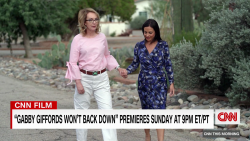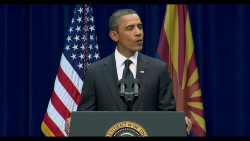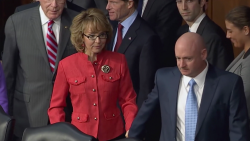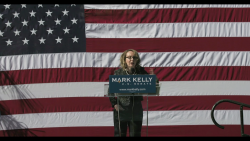Editor’s Note: CNN Films’ “Halston” is now available on demand.
There is a scene in “Halston,” a new documentary about the enigmatic fashion designer Roy Halston Frowick, in which his former assistant Tom Fallon recounts a story that still shocks – even half a century on.
Halston, who made hats for New York’s high society in the early 1960s before becoming a household name, was invited to a grand meal at a client’s house in Long Island. As they sat down to eat, two men remained standing, refusing to be seated unless Halston and another diner – whom they attacked with homophobic insults – were removed.
“Tom,” Fallon recalls Halston saying to him, “I just need you to understand that you and I could not hope to be anything more than trained fa**ot poodles to jump through the hoops of these rich people.”
But Halston would prove his own pessimism wrong in almost every way. Over the next two decades, he rose to become perhaps the single most influential figure in the history of American fashion.
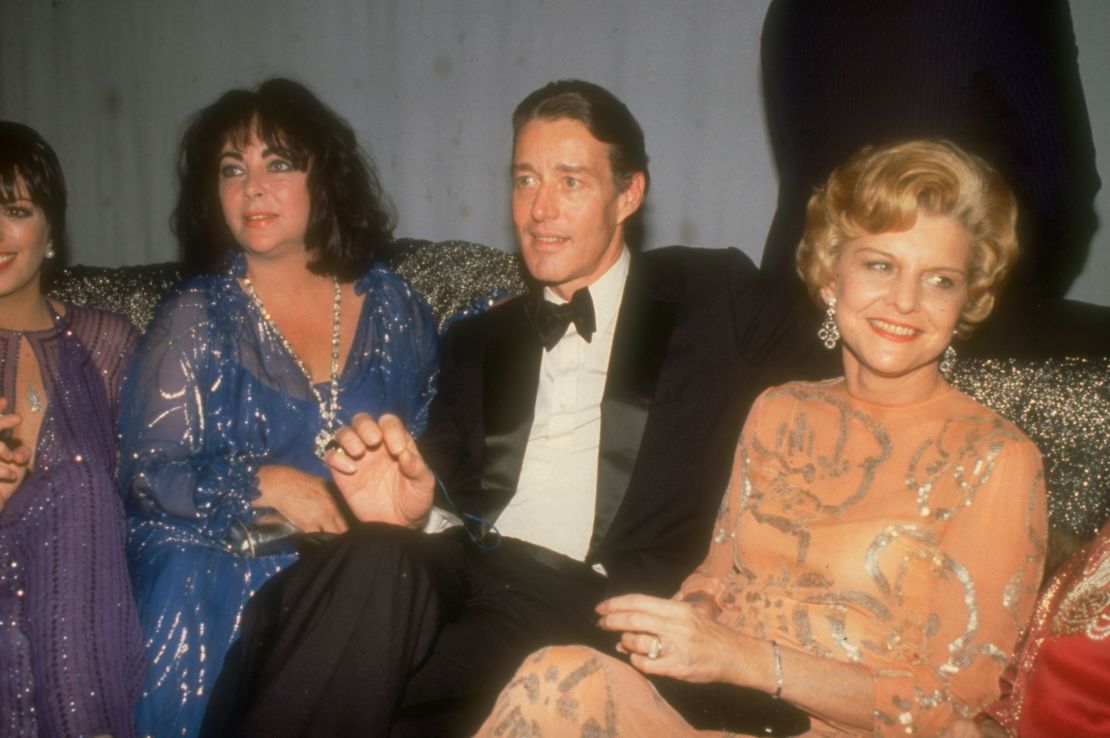
The first superstar fashion designer
The documentary tells the story of how Halston redefined the role of the American fashion star. Irresistible to the media and defined by trademark designs, he mixed high fashion with low, as well as producing a perfume range, diffusion line and licensed brand extensions bearing his name.
At the dawn of the 1960s, old rules were already being broken – and Halston would do as much as anyone in fashion to usher in the radical changes that followed. By the 1970s, he had created a style that spoke to the freedom and youthful energy of the disco generation, becoming the decade’s “quintessential designer,” says Patricia Mears, deputy director of the Museum at the Fashion Institute of Technology (FIT) in New York.
But “Halston” also shows how, in his megalomaniacal desire to “dress all of America,” the designer came undone at the hands of the fashion and business powers he couldn’t bend to his will – and at the hands of his own vices (Halston reportedly spent thousands of dollars a week on cocaine at the height of his power).
Mears tells CNN that America’s first superstar fashion designer – one who brought an unprecedented diversity of racial backgrounds and body shapes to the runway – offered a “cautionary tale.”
“He was the great shooting star of fashion in the 1970s and early 1980s, but he burned out very quickly too,” says Mears, who curated the designer’s work in the 2015 Museum at FIT exhibition, “Yves Saint Laurent + Halston: Fashioning the ’70s.”
“The things that we see today – designers becoming part of large conglomerates or growing their companies so that they’re worth billions of dollars – (were) probably made easier because of Halston’s pioneering efforts. He was the first to really build a business in the United States to that level, and he was the first to really crash and burn.”
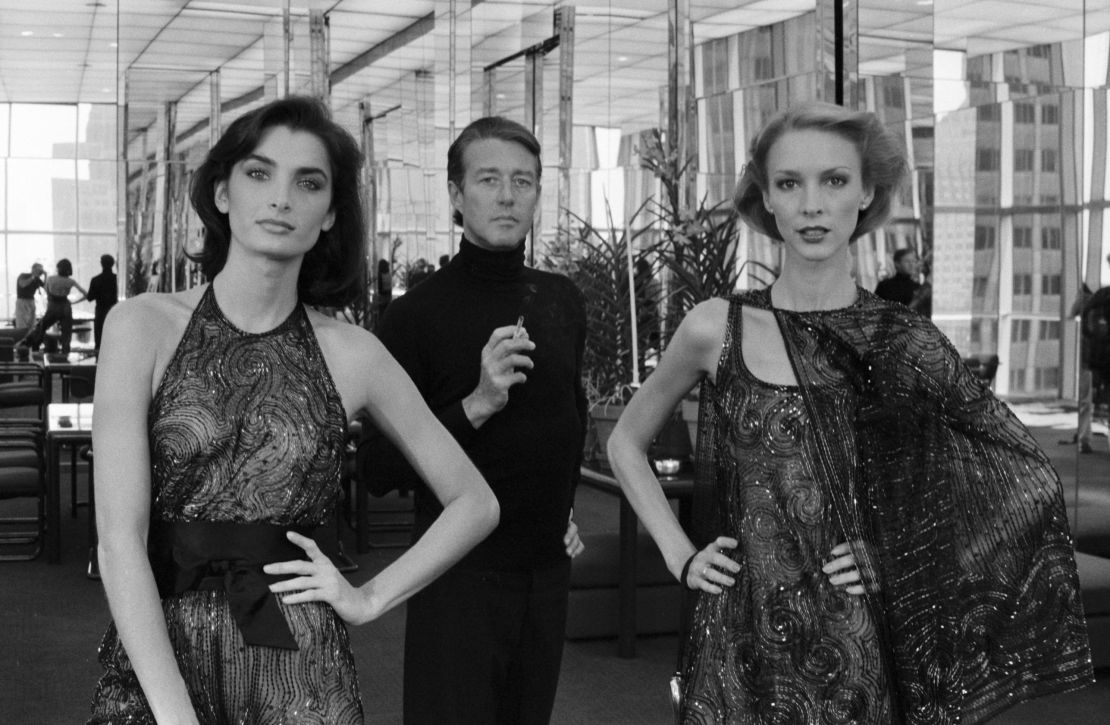
Dancing clothes
Throughout the 1970s, Halston was often flanked by a squad of models and celebrities, including Anjelica Huston, Bianca Jagger and Liza Minnelli. In the documentary, women who wore Halston’s creations recall his ability to use a single piece of fabric and transform it into a beguiling shape that shifted on the wearer’s body.
“His clothes danced with you!” says Minelli who spent decades as Halston’s close friend and confidant.
By the end of his 20s, Halston had already designed the pillbox hat that Jackie Kennedy wore to her husband’s presidential inauguration. By his early 40s, he had helped break France’s global dominance of fashion with 1973’s landmark Battle of Versailles Fashion Show, which pitted top American designers like Halston and Oscar de la Renta against famous French peers including Saint Laurent and Christian Dior.
Through headline-grabbing stunts – he was responsible for Jagger riding a white horse around Studio 54 at the height of the nightclub’s notoriety – he cemented his position as America’s best-known designer. Yet Halston continued to micro-manage his empire, hand-designing clothes worn by everyone from American Girl Scouts, whose official uniforms he redesigned, to Avis car rental workers and US athletes at the 1976 Olympics.
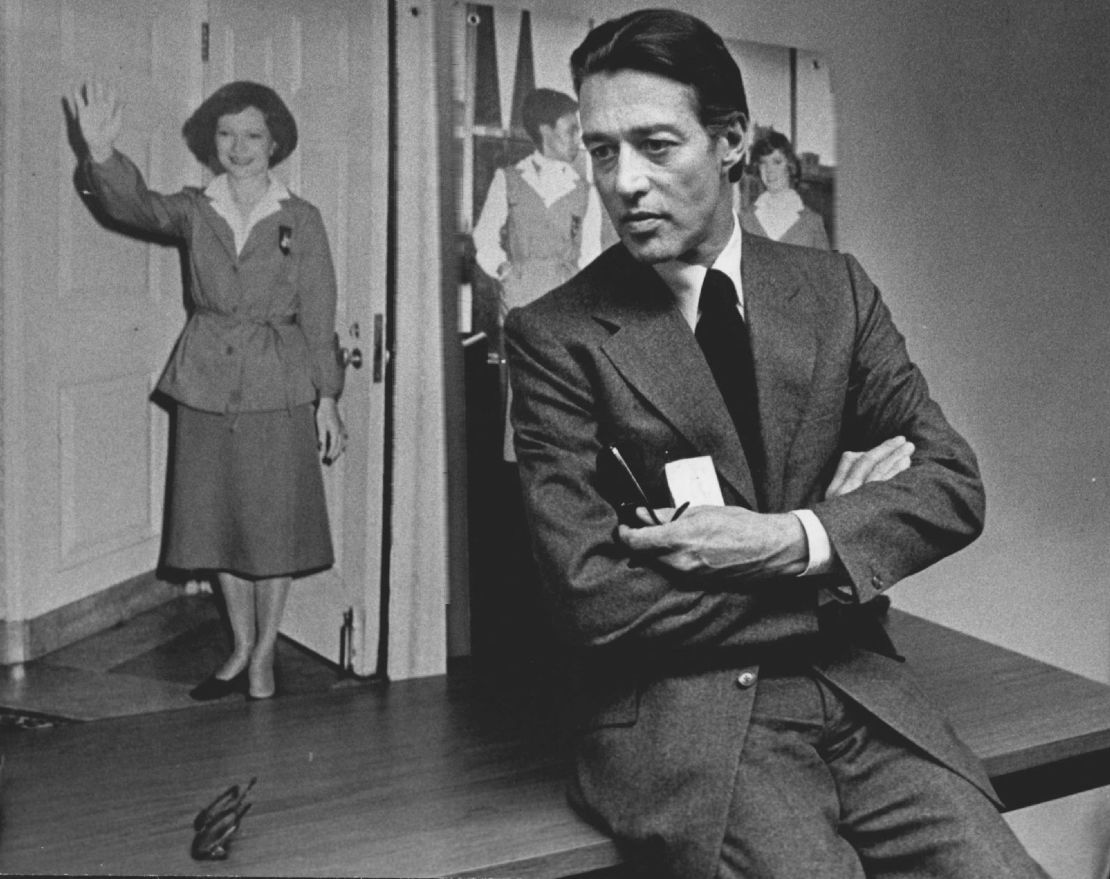
Democratizing fashion
“Halston” is the brainchild of Frédéric Tcheng, the French-born documentarian behind 2014’s “Dior and I.” The new documentary, which he wrote and directed, exposes two sides to the American designer.
The film depicts Halston as an aspirant, Tom Ripley-esque figure, whose rise from obscurity was made possible by a succession of masks he hid behind, shielding his true identity with eccentricity and a flair for showmanship. At the same time, Tcheng’s film argues that he was a democratizer of fashion who dreamed of breaking the great class chasm to bring elegance to the American everywoman (whose dignity and power he had seen in his own midwestern mother).
Despite his once-huge public profile, Halston mostly kept his own story hidden. In interviews, he repeatedly rebuffed questions about his past: “The past just doesn’t interest me so much,” he squirms in one scene.
In reality, he was from a working-class home in Des Moines, Iowa, and spent his youth in provincial midwestern cities before landing a job as a custom milliner at New York’s Bergdorf Goodman department store. His work there culminated in Jackie Kennedy’s aforementioned pillbox hat, a radically clean shape that inspired copies across the US.
But it was upon leaving Bergdorf that Halston – following in the footsteps of milliners-turned-fashion designers like Coco Chanel and Jeanne Lanvin – took what Mears calls his “quantum leap” into designing clothes.
He scored early hits by masterminding the hot pants craze and designing “Ultrasuede” suits, which became best-sellers for an emerging generation of young professional women. He then began developing his own signature style.
“The 1970s was all about youth, dancing, being sexy (and) being carefree,” says Mears. “And his lifestyle, as well as his clothing, embodied that. But he also maintained a really strong element of elegance. His clothes were never disheveled.
“Always clean, always very modern-looking. At the same time, the clothes were meant to be worn often without bras – they were often halter necks or cutaways, so you saw skin and you also saw a lot of the female body very clearly underneath the clothing.”
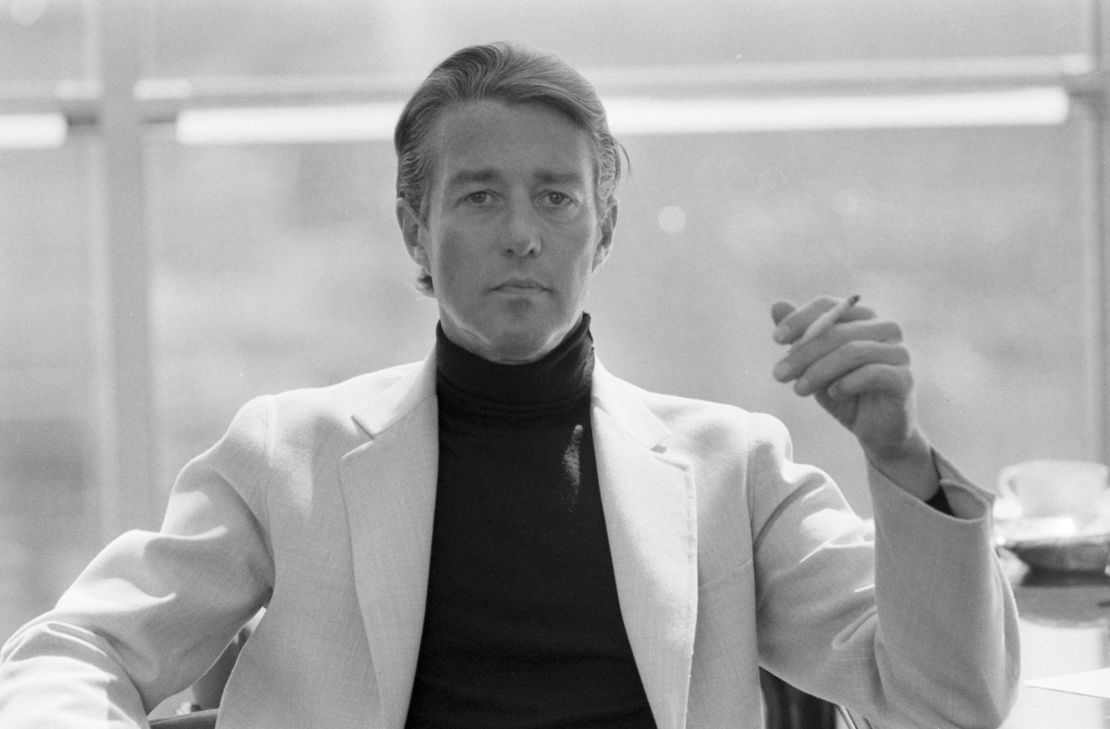
An enduring legacy
Halston’s impact is clearly visible in the work of designers like Tom Ford, whose glamorous late-1990s womenswear bears his influence, according to the Washington Post’s fashion critic Robin Givhan. By making everyday outfits luxurious, he was also an early pioneer of “athleisure,” adds Mears.
What’s more, his business empire set a template for today’s ambitious designers.
In 1973, he signed a deal with food conglomerate Norton Simon, which also owned Max Factor cosmetics, giving him huge financial backing (though the deal meant he no longer owned his own name). Then in 1982, he made a $1 billion deal with JCPenney, the affordable department store where he had shopped as a child. Today, collaborations between major designers and high street brands like H&M are common, but at the time it was major news. The decision resulted in his label being booted out of high fashion stores including Bergdorf Goodman, which had given him his start.
Model Alva Chinn, one of his group of so-called “Halstonettes,” tells Tcheng that the JCPenney deal transgressed the boundaries of exclusivity that fashion fiercely protected: “He stepped out of the norm, and people like their boundaries that are set between them and those.”
“It was pure hell after that,” says Don Friese, Halston’s vice president of sales, who recalls high-fashion brands cutting orders to distance themselves from the increasingly accessible label. “He realized he’d done the wrong thing.”
Haltson was subsequently removed from the helm of the business that bore his name. This, and his premature death from AIDS-related complications at the age of 57, make up the film’s tragic second act, which tells of how he disappeared from American fashion. In losing his name, he lost control of his legacy. The brand, now known as Halston Heritage, has been sold on repeatedly in the 21st century, with former president Sarah Jessica Parker and previous co-owner Harvey Weinstein among those who failed to recapture the magic.
“In some ways, we see this as a tragic tale,” says Mears. “But it’s also a good tale, I think, to tell.
“I hope in the midst of this we don’t forget he was also a great pioneering designer. He didn’t become famous just because he was good at self-promotion – he became a great designer, and remains a great designer in the minds of many, because he was so revolutionary.”
“Halston” airs on Sunday August 25 at 9PM ET/PT on CNN.



